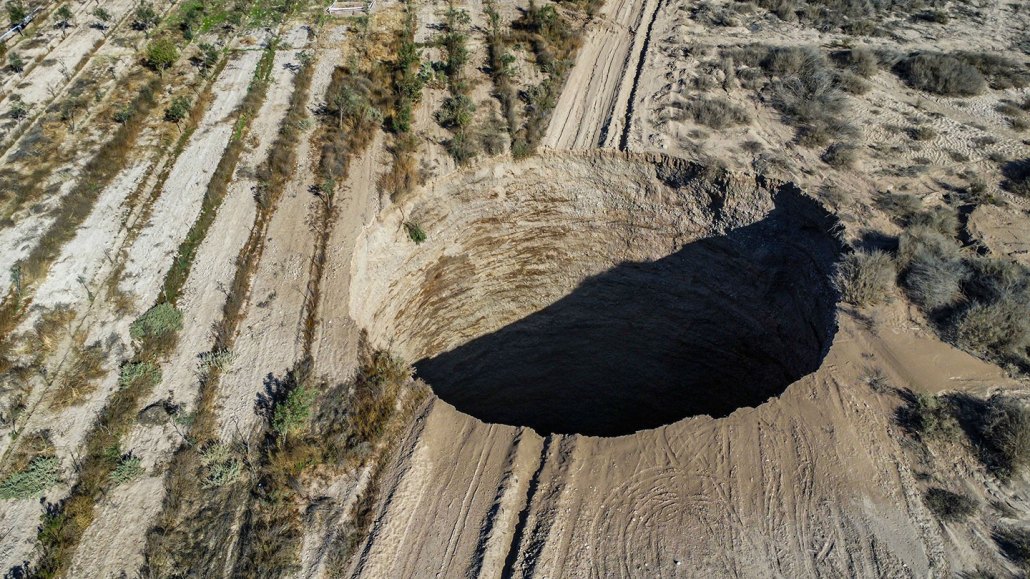
Earth
Many natural underground stores of freshwater are shrinking
A lot of these aquifers are quickly disappearing due to climate change and overuse. Fortunately, there is growth in some of the world’s major aquifers.
Come explore with us!

A lot of these aquifers are quickly disappearing due to climate change and overuse. Fortunately, there is growth in some of the world’s major aquifers.

A new study finds they can leak benzene and other harmful chemicals into homes, sometimes at very high levels.

Data show the plastic ends up tainting drinking water. For now, scientists don’t know what health risks downing these pollutants might pose.

Scientists hope that capturing carbon dioxide this way will limit both further warming of our planet and an escalation of extreme weather events.

Groundwater provides drinking water to billions of people and is used to water crops worldwide.

Smoke drifts. Fish eggs float downstream. Where such drifting things end up may seem a mystery. But research can predict where they’ll end up.

Humans are changing the world in profound ways. Some scientists think those changes have launched a new epoch in Earth’s history: the Anthropocene.

Scientists explain why everyone needs to value the soils beneath our feet — and why we should not view them as dirt.

Dust and tar blown onto high mountains, like the Himalayas, boost the melting of snow and ice far more than scientists had realized. Here’s why.

A forest flourished within 1,000 kilometers of the South Pole. That was a while ago, as in millions of years ago.